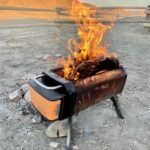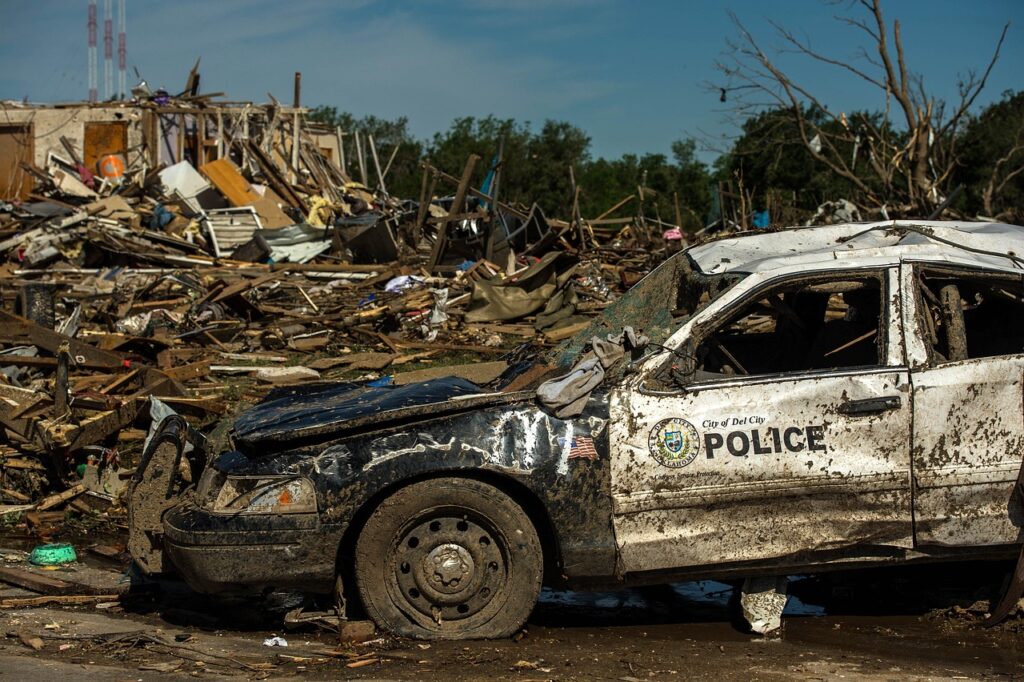
In an increasingly unpredictable world, families need to be prepared for emergencies of all kinds. From natural disasters to pandemics, ensuring your family’s safety in dire circumstances is a top priority. In this comprehensive guide, we will address the top queried searches about family preparedness in emergency situations.
Why is Family Preparedness Important?
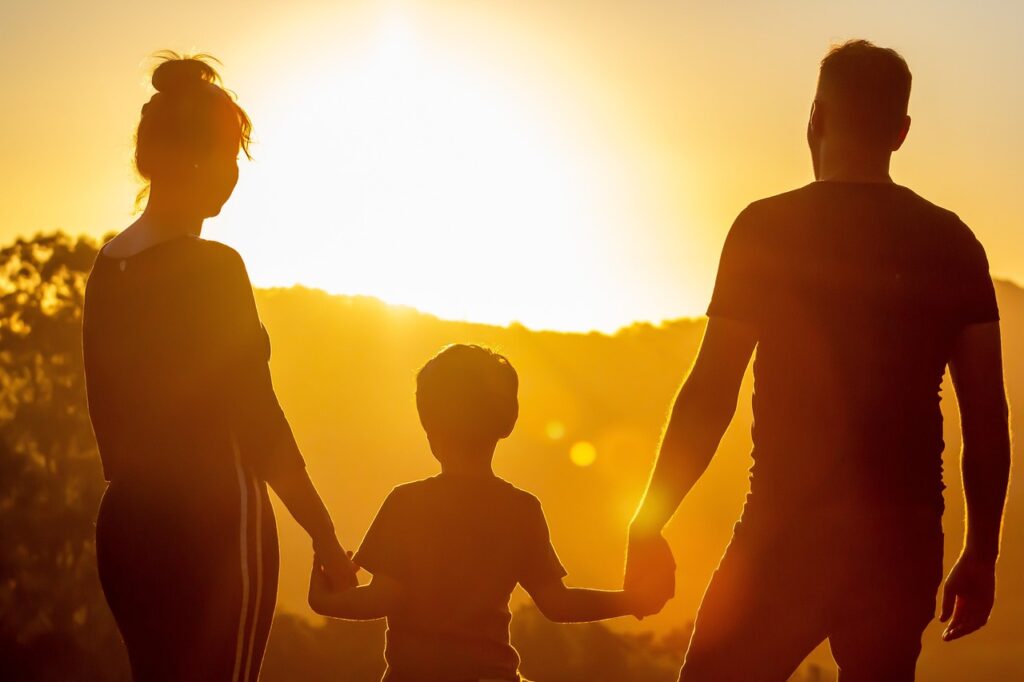
Family preparedness equips you with the knowledge, skills, and tools necessary to safeguard your loved ones during emergencies. It:
- Reduces panic and uncertainty during crises.
- Minimizes the potential for injury or loss of life.
- Ensures essential needs are met, even in dire situations.
What are the Basic Components of a Family Emergency Plan?
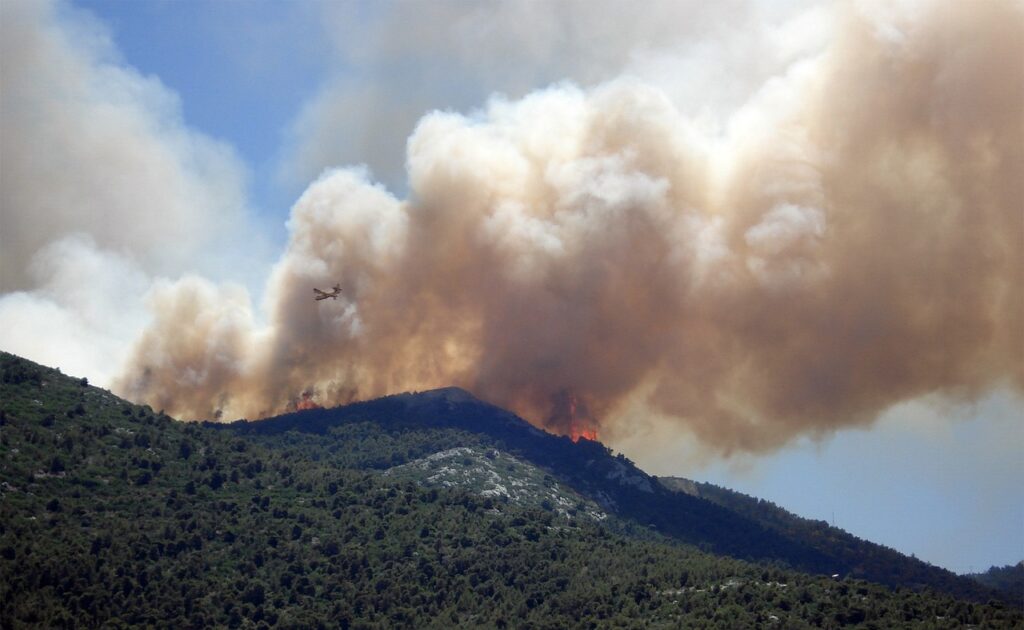
Communication: Designate a family emergency contact person who lives out of state. This person can act as a point of contact if your family gets separated.
Evacuation: Identify escape routes from your home and neighborhood. Practice using these routes with your family.
Shelter: Know where the nearest community shelters are located, especially if you live in areas prone to certain natural disasters.
Information: Stay informed with a battery-powered or hand-cranked radio. Tune into local news or the NOAA Weather Radio.
What Should be in a Family Emergency Kit?
Your family emergency kit should be customized based on your specific needs, but generally, it should include:
- Water: One gallon per person per day, for at least three days.
- Food: A three-day supply of non-perishable items like canned goods, dried fruits, granola bars, and nuts.
- Manual can opener. Nothing expensive, something like this one.
- Battery-powered or hand-cranked radio. See Above!
- Chargers. For your cell phone and other important devices. Check this one out.
- Flashlight with extra batteries. This is a highly rated flashlight for $15!
- Headlamp. This one from my fave outdoor retailer, Biolite.
- Lantern. Try this one from Black Diamond. Or this one from Biolite.
- First aid kit. You can make your own, or buy a cheap one like this for $19.89
- Whistle to signal for help. Like this, for $5.95
- Generator. Goes without saying. This one, or this one are great options. They double as charging ports.
- Personal sanitation items like moist towelettes, garbage bags, and plastic ties.
- Important documents such as identification, insurance policies, and bank account records sealed in a waterproof container. Put them in a folder for easy access.
- Local maps. Like actual physical maps!
- Cash. Access to ATMs and credit card machines may be limited.
- Extra clothes and blankets.
- Keys. Extra sets of keys to your home, car, etc.
- Special needs items: prescription medications, infant formula, glasses, important family documents, and pet supplies. Make a list, so you know what to grab in a hurry.
How Can Families Prepare for Specific Types of Disasters?
- Floods: Elevate appliances and utilities above potential flood levels. Keep a stockpile of sandbags.
- Earthquakes: Secure heavy furniture and practice “Drop, Cover, and Hold On” during tremors.
- Wildfires: Create a defensible space around your home, free of vegetation. Have an evacuation plan.
- Tornadoes: Designate a safe room in your home or identify a nearby storm shelter.
- Pandemics: Stockpile essential goods, practice good hygiene, eat healthy, Vit D and use common sense.
How to Keep Children Calm During an Emergency?
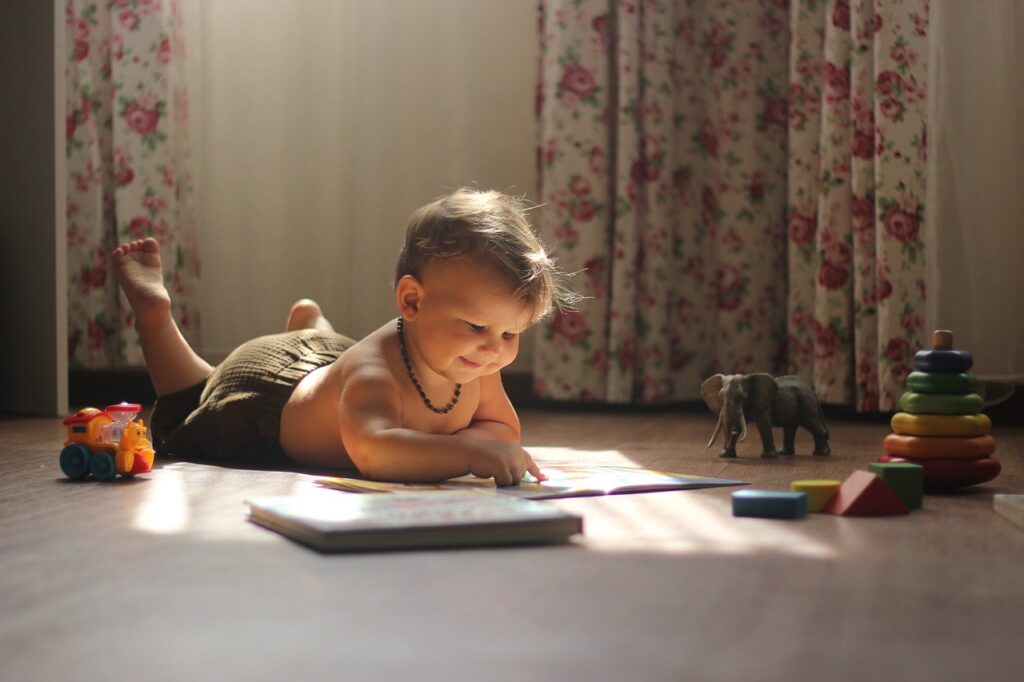
- Stay calm: Your demeanor can influence your child’s reaction. By staying calm, you help them feel safe.
- Education: Talk to children about potential emergencies and how to respond.
- Maintain Routines. As much as the situation allows, try to keep up with familiar routines. If it’s bedtime, for example, read them their usual bedtime story.
- Be Honest but Reassuring. You can acknowledge that something serious is happening without causing unnecessary alarm. Use age-appropriate language and reassure them that you’re doing your best to keep them safe.
- Comfort items: Ensure children have a favorite toy or blanket.
- Limit Media Exposure: Graphic images and alarming news can heighten anxiety.
- Distraction: Games, stories, songs, and toys can help divert their attention and reduce anxiety.
- Stay Together: If possible, keep the family together. Separation can increase anxiety for children.
- Give them a Job: Giving kids a small task can help them feel in control. For instance, ask them to hold the flashlight, or keep an eye on their younger sibling.
How to Prepare for Pets in an Emergency?

- ID Tags & Microchipping: Ensure that pets wear collars with up-to-date identification.
- Emergency Kit for Pets: Include food, water, medications, cat litter/pan, manual can opener, and a leash or carrier.
- Shelters: Find out in advance which shelters or hotels are pet-friendly.
How to Stay Updated About Potential Threats?
- Weather Apps & Websites: Apps like AccuWeather, Weather.com, and the NOAA Weather Radio provide timely updates on weather conditions.
- Emergency Alert Systems. Wireless Emergency Alerts (WEA) are sent by authorized govt authorities via mobile carriers. And, Emergency Alert System (EAS) broadcast over TV and radio.
- Social Media. Find reputable sources for information, such as your local PD or church.
- Mobile Alert Apps. The Red Cross Emergency App or FEMA App, provide alerts on natural disasters and other emergencies.
- National & Local News Outlets.
- Government Websites and Apps. US Residents can use Ready.gov or FEMA.gov
- Mobile Alerts: Register for local emergency alerts on your smartphone.
- Community Resources: Participate in community preparedness seminars and engage with local emergency services.
- Travel Advisories. If traveling or living abroad, check the travel advisories provided by your government, like the U.S. State Department’s Travel Advisories.
Conclusion
Family preparedness isn’t about living in fear; it’s about living with the confidence that you and your family can handle unexpected situations. By taking proactive measures today, you can ensure a safer tomorrow for your loved ones.
Remember, the more you prepare, the less you have to fear. Regularly review and update your plans, as family needs and circumstances can change. Stay safe and prepared!






